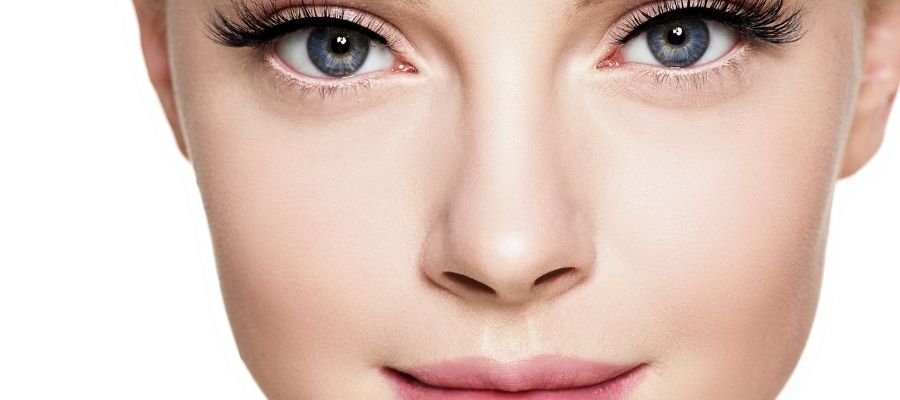Fort Walton Beach, FL
428 Mary Esther Cut Off NW Unit A,
Fort Walton Beach, FL
32548, United States
(850) 374-3595

Permanent Makeup, also known as cosmetic tattooing or micro-pigmentation, is a cosmetic procedure where natural pigments are implanted into the dermal layer of the skin to enhance facial features. This semi-permanent makeup technique is gaining popularity due to its smudge-proof nature and longevity. The history of cosmetic pigmentation is rich, tracing back to ancient cultures and evolving to the advanced procedure we know today.
There are several types of permanent makeup procedures tailored to enhance or recreate specific facial features:
This procedure involves using tiny, fine-point needles to deposit pigment into the skin, creating a natural, fuller brow look. It is often preferred by those with thin or sparse eyebrows.
Also known as tattooed eyeliner, this technique is ideal for people who struggle with applying eyeliner or wish to save time in their daily routine.
This cosmetic pigmentation technique involves tattooing the lip area to improve its shape, symmetry, and color.
Also known as micro scalp pigmentation, it’s used to create the illusion of fuller hair, especially for those dealing with hair loss.
Often sought after mastectomy or breast reconstruction surgery, this procedure helps restore the natural appearance of the nipple and areola.
The process of applying permanent makeup involves using a special tattoo needle to inject pigment into the skin. Each procedure’s length and discomfort level vary depending on the area being treated. Local anesthesia is often used to reduce skin sensitivity and make the process more comfortable. It is important to choose a qualified permanent makeup artist who is well-versed in the intricacies of demographics and skin color matching.
The primary advantage of permanent makeup is its longevity. Unlike traditional makeup, it won’t smudge or wear off throughout the day, providing a consistently enhanced appearance. Additionally, it can save time in daily routines and be a game-changer for those with conditions like alopecia.
However, permanent makeup also comes with potential risks, including allergic reactions and infection if not properly cared for. There’s also the issue of permanency – while this can be a pro for many, it’s worth considering the potential for regret or a desire for a different look down the road.
Ensuring the safety of the procedure starts with choosing a reputable artist with proper training in permanent makeup application. Ask about their sanitation practices and ensure they’re using FDA-approved pigments.
Aftercare instructions are crucial to avoid complications and prolong the life of the permanent makeup. Avoiding direct sunlight, keeping the area clean, and scheduling touch-up sessions as directed by your artist are essential steps in the aftercare process.
Your chosen artist’s experience and training should be the top priority. They should have a strong understanding of skin types, sensitivity, and color theory. Certifications and accreditations in the field are a testament to their expertise. Don’t hesitate to ask about their portfolio or before-and-after photos to gauge their skills.
The cost of permanent makeup can vary widely, depending on the procedure, the artist’s experience, and the region. While it may seem costly upfront, the longevity of the results often makes it a worthwhile investment.
Most permanent makeup lasts anywhere from 1 to 3 years, depending on the individual’s skin, the area treated, and the type of pigments used. Periodic touch-ups can maintain the look.
If you’re unsatisfied with the results, permanent makeup removal techniques are available. However, it’s important to remember that removing cosmetic tattoos can be more difficult than traditional tattoos due to the different pigments and depths at which they’re placed on the skin. In some cases, color correction is a viable alternative to complete removal.
Finally, it can be beneficial to seek out personal stories and case studies from those who’ve undergone these procedures. Real-life experiences, along with before-and-after photos, can offer valuable insights and set realistic expectations.
Permanent makeup offers an enticing promise of reduced daily makeup application while maintaining a fresh, enhanced look. However, as with any cosmetic procedure, it’s essential to thoroughly research and consider the potential risks and benefits. Ensuring the procedure’s safety, choosing the right artist, and adhering to aftercare instructions are crucial steps toward achieving satisfying results.